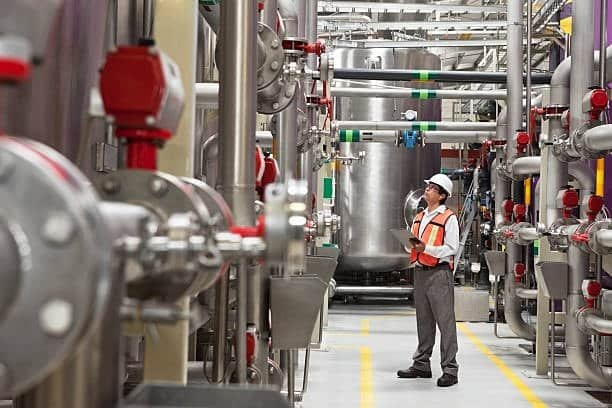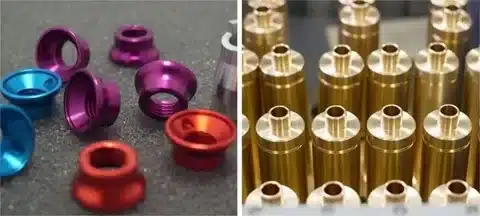In the cut-throat manufacturing arena, high quality of products is critical to streamline production processes . To satisfy the ever-increasing customer needs in precision and reliability, manufacturers have utilized different technologies used in controlling quality, including the role of quality control specialists and a quality control operator in quality cnc machining . At the core of these innovations lie quality control machinery which helps businesses to produce their products to the required specifications and standards. This article explores the role of quality control machinery in creating production, the types of these machines used, and the essence of the need to produce the highest quality goods relying on these machines.
What is Quality Control Machinery?
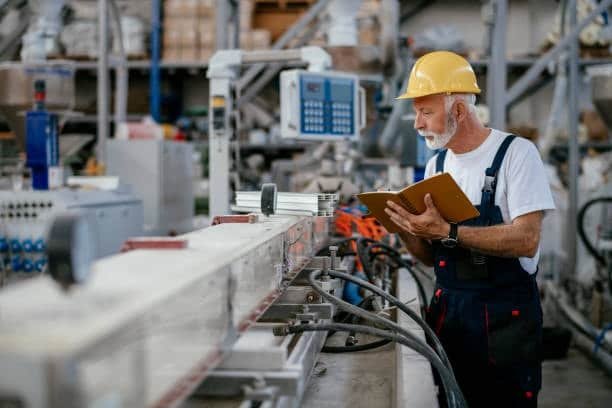
Quality control machinery is a collection of automated instruments and equipment used for the inspection, analysis, and testing of products in the course of production. These machines, operated by a quality control operator, are supposed to detect defects, irregularities in shapes and dimensions, and deviations from specifications, thus ensuring quality assurance. so that customers can receive products which meet the strict quality standards and are free from defective products before ships. Quality control machinery can be adapted for use in automotive, aerospace, electronics, pharmaceuticals, food production and other industries.
Types of Quality Control Machinery
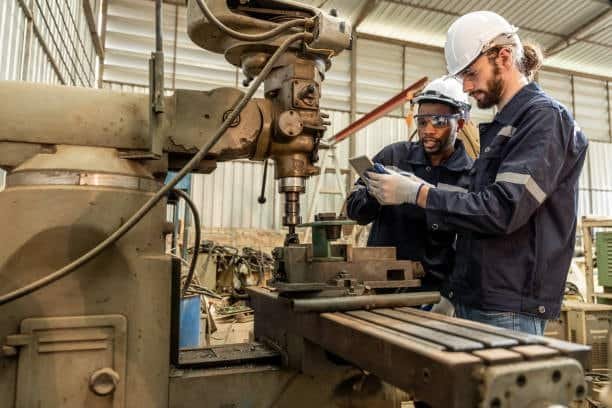
The process of quality control has various stages, and depending on the stage of production processes and the material one is working on, up to several methods of different machines and various technical technologies are used to maintain effective quality control. Among the most widely used types of the machinery of quality control methods are:
1. CMM (Coordinate Measuring Machines)
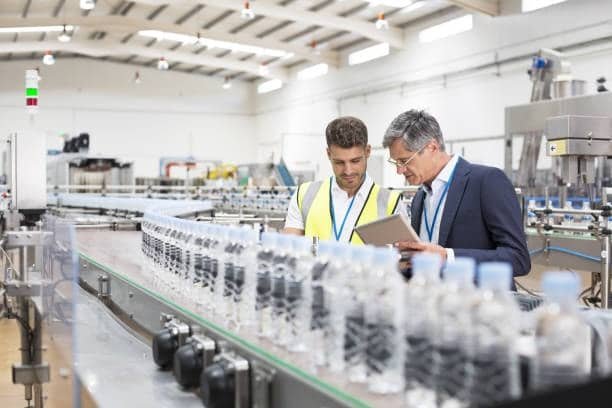
Evolved measuring machines (CMM) are some of the most advanced quality control systems and tools in precision engineering and quality cnc machining. The physical geometrical characteristics of an object are measured by CMM machines. The probe can be either mechanical, optical, laser or even just white light that touches the surface of the object providing data relative to the object dimensions, tolerances and surface quality.
2. Optical and Laser Measurement Systems
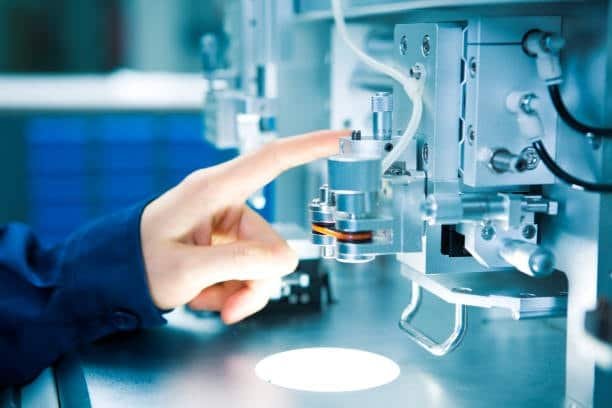
Optical and laser measurement systems are applied for measuring the dimensions of parts in a non-contact way, unlike non-destructive testing methods., providing essential services to ensure accurac . Laser scanners use laser beams to record 3D data regarding the object surface, while optical systems use cameras and light to evaluate surface quality, the object’s shape and finish, as part of the production machinery . These types of systems are especially useful in identifying and examining susceptible or soft materials that could not be measured using conventional contact-based systems, ensuring the quality of the finished product .
3. X-Ray Inspection Machines

X-ray inspection systems view inside parts and assemblies with high-energy rays, and so internal defects that may not present at the top surface are detected. X-ray machines are widely used to find voids or cracks or inclusions in any material like metal, plastic, or composite parts. This technology is especially convenient in aerospace and automotive industries where the integrity of the internal structure is important to the safety of the product.
4. Vision Systems

Vision systems (or machine vision) use cameras, sensors, and lighting to inspect the surface, shape, and color of products while they are being produced. These systems use sophisticated software algorithms to locate fault such as cracks, scratched parts, missing books or out of alignment. Vision systems are very efficient in cases of automated inspection where high-speed production and consistency are required.
5. Ultrasonic Testing Machines
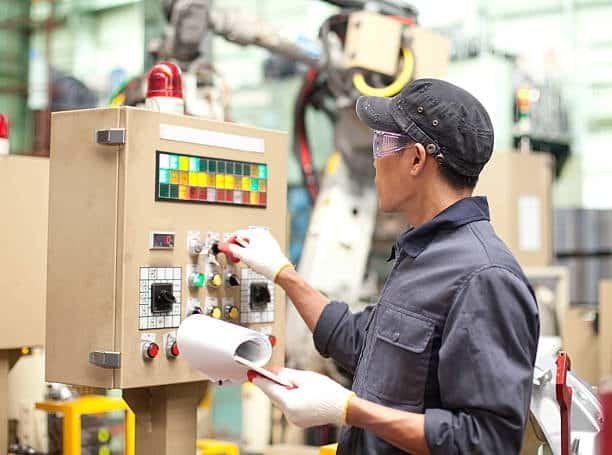
Ultrasonic testing is a type of non-destructive test using high frequency sound waves to locate internal defects or to characterize the thickness of a material. Ultrasonic machines use sound waves that are transmitted into a material and their return time is recorded. With this data, the system can detect faults, e.g. cracks, voids, or irregularities, in the material.
6. Hardness Testers
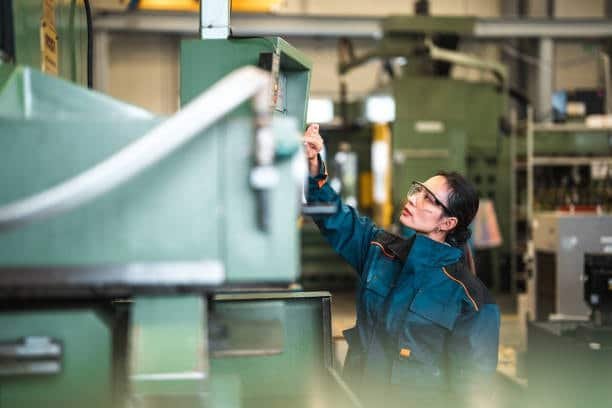
Hardness testers are machines used to measure how difficult it is to deform or leave an indentation or scratch into a material. Multiple techniques may include for example the Brinell and the Rockwell and the Vickers hardness testing depending on the material and the needed accuracy. Hardness testing is critical for materials like metal or polymers or ceramics, where the hardness is playing a crucial role in defining the characteristics of performance.
Importance of Quality Control Machinery

Quality control machinery is an integral part of products reliability, safety and functionality. Below are some critical reasons why quality control machinery cannot do without:
- Improved Product Quality: Using complex machines to pick out defects at the early stage of the manufacturing process, manufacturers can be sure that they only deliver high-quality products and thus satisfy customer’s needs.
- Cost Reduction: The quality control machinery reduces waste by establishing the defects and inefficiencies at the early stages. It also slows down the need for the expensive rework and product recalls.
- Increased Productivity: Robotic automation of quality control operations accelerates inspection procedures allowing these manufacturers to have high throughput while controlling the quality of production.
- Regulatory Compliance: Numerous industries, especially aerospace, medical and automotive, have to sell products that are highly regulated. Quality control machinery guarantees that these standards are achieved continually.
- Data-Driven Decision Making: Statistics from many quality control machines can be used to gain insights into the process of their production. Such information contributes to improvement of manufacturing processes and minimization of variations.
Conclusion

Finally, quality control machinery finds its great role in contemporary manufacturing processes. Such machines present a variety of technologies that enhance product quality, efficiency in production and product compliance regarding regulation. Whether it is using coordinate measuring machine, vision system, or X-ray inspection, quality control machinery can detect defects during an early stage, therefore minimizing waste, and only the best products are left to the market.

